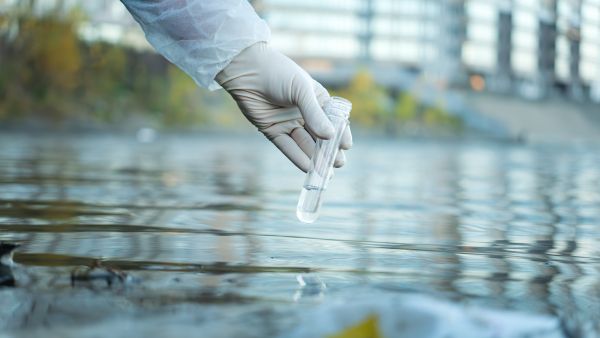Once again, new scandals on unsafe medical devices shake the European Union, as unveiled by the International Consortium of Investigative Journalists. Socialists and Democrats in the European Parliament took the lead to ensure the safety of medical devices and implants back in 2012 following the first scandals on dangerous breast implants and hip replacements.
Six years later, the new legislation passed by the European Parliament is supposed to come into force in 2020, but some member states have already announced that they may not be ready.
S&D spokesperson on health, Miriam Dalli MEP, said:
“The European Parliament worked very hard to tighten the requirements for medical devices and we want it to be implemented as soon as possible. On the contrary, we should speed up the implementation. We call on the European Commission to make sure that member states have all the resources and capacity to have the new system running on time.
“The new law will set rules for medical devices right through from design and manufacture to authorisation and post-market monitoring. All medical devices from plasters and hospital beds to breast implants, hip replacements and pacemakers will be covered.
“Devices will be fully traceable with the introduction of a Unique Device Identification (UDI) number, so in the future we will know which device has been implanted into which patient. An alert system between EU member states has also been introduced to make sure that once an unsafe product has been detected in one country, other member states will know right away and warn potential affected patients.”
Biljana Borzan MEP, the S&D spokesperson on in-vitro diagnostic devices, added:
“We already identified the short-comings of the existing legislation. If a disease is not detected or the wrong therapy is prescribed, the consequences for the patient can be fatal. Our group pushed for better regulation of diagnostic medical devices. Now the system of expert pre-market scrutiny for new innovative types of high-risk devices must be quickly be put in place.
“The Parliament also pushed for tighter rules for notification bodies, to make sure that we end ‘certificate shopping’: currently we see producers going from one notified body to another whenever their product’s certification is rejected by one of the private conformity assessment bodies. It is important that all existing assessment bodies - over 50 - have the capacity to properly examine each product, and this may include employing more experts.”
Note to the editor:
Medical devices are currently regulated in the EU by three Directives dating from 1990: the Directive on active implantable medical devices; the Directive on medical devices; and the Directive on in vitro diagnostic medical devices. After the Parliament adopted its first reading position in 2012 on the new regulation, it took the European Council years to reach a position; trilogues only started in 2015 with a final agreement achieved in June 2016.








